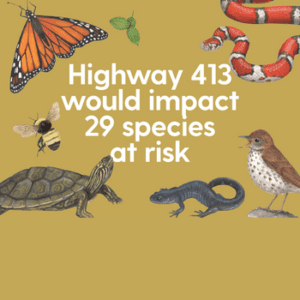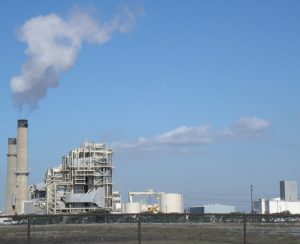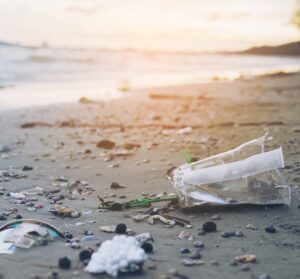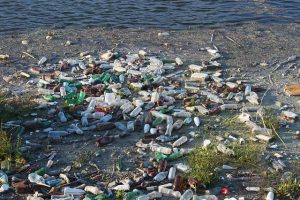
ENVIRONMENTAL DEFENCE CANADA, ALBERTA BEYOND FOSSIL FUELS, ALBERTA WILDERNESS ASSOCIATION, CANADIAN ASSOCIATION OF PHYSICIANS FOR THE ENVIRONMENT, CANADIAN PARKS AND WILDERNESS SOCIETY NORTHERN ALBERTA, CLIMATE ACTION NETWORK CANADA – RÉSEAU ACTION CLIMAT, COUNCIL OF CANADIANS- EDMONTON CHAPTER, INDIGENOUS CLIMATE ACTION, KEEPERS OF THE WATER
Joint Statement by Indigenous and environmental groups on the Alberta Energy Regulator (AER) laying nine charges against Imperial Oil for releasing toxic tailings waste at its Kearl mine in February 2023.
Treaty 6 Territory | Edmonton – After two years of tireless work by Indigenous communities, environmental organizations, and the public demanding governments hold Imperial Oil accountable for its egregious behaviour, the AER has finally laid charges against the company. It is a victory that Imperial Oil will have to face the courts for releasing millions of litres of toxic waste into the environment.
Yet, this enforcement does not change the need for urgent regulatory reform in Alberta. Imperial Oil was only charged when public pressure grew too big to ignore. It is not the job of impacted communities and their allies to police the regulator. Albertans need a regulator that lives up to its mandate: protecting the environment and public health rather than working for corporate interests.
The Imperial Oil disaster is only the tip of the iceberg when it comes to toxic contamination from the oil sands. A recent report from the ecologist Dr. Timoney revealed that the AER does not investigate 97 per cent of cases where a company signals a tailings spill, contradicting its claim of conducting “routine inspections”. The report also found that contrary to the AER’s assertion that there has been no environmental impact from tailings spills between 2014 and 2023, 50 per cent of reported spills with images show visible environmental degradation.
In light of these findings as well as the charges laid on Imperial Oil, the federal and Alberta governments must launch immediate investigations into every tailing pond in the oil sands. While retroactive charges for past spills should be considered, the immediate priority is uncovering and prosecuting any ongoing leaks and spills.
We are still awaiting the federal government to lay charges against Imperial Oil for the Kearl disaster under the Fisheries Act. We are also awaiting provincial charges for the leak that occurred at Kearl, which Imperial Oil hid from communities and the public for nine months. The Kearl leak and spill were one of the largest tailings incidents to date, and Imperial Oil must face commensurate consequences for every violation it committed.
Premier Smith must replace the AER with a body that is independent from the industry it regulates, and which shares authority with the Indigenous nations whose right it is to have a say about what happens on their territory. The era of unchecked environmental damage in the Alberta oil sands must come to an end.
Background:
- The Imperial Oil tailings disaster allowed 5.3 million litres of toxic wastewater to overflow into the environment and an additional unknown volume of tailings to leak off-site. The leak was kept a secret from local Indigenous communities and the federal government for nine months.
- In May 2023, the Federal government announced it had opened an investigation into the incident under the Fisheries Act. No public updates have been issued since.
- The tar sands’ tailings “ponds” now contain over 1.4 trillion litres of waste, covering an area more than 2.6 times the size of Vancouver.
- For more information about tar sands tailings “ponds” please see this fact sheet
ABOUT ENVIRONMENTAL DEFENCE (environmentaldefence.ca): Environmental Defence is a leading Canadian environmental advocacy organization that works with government, industry and individuals to defend clean water, a safe climate and healthy communities.
– 30 –
For more information or to request an interview, please contact:
Alex Ross, Environmental Defence, media@environmentaldefence.ca
Andy Kubrin, Alberta Beyond Fossil Fuels, kubrin.andy@gmail.com
Phillip Meintzer, Alberta Wilderness Association pmeintzer@abwild.ca
Dakota Norris, Canadian Association of Physicians for the Environment dakota@cape.ca
Kaitlyn Philip, Canadian Parks and Wilderness Society Northern Alberta, kphilip@cpaws.org
Jesse Cardinal, Keepers of the Water, ed@keepersofthewater.ca
Veronica Fuentes, Indigenous Climate Action, veronica@indigenousclimateaction.com
Vicky Koo, Climate Action Network Canada, vickycoo@climateactionnetwork.ca
The post The charges against Imperial Oil are necessary but do not substitute for reform of the provincial energy regulator appeared first on Environmental Defence.
This post was originally published on Environmental Defence.





















